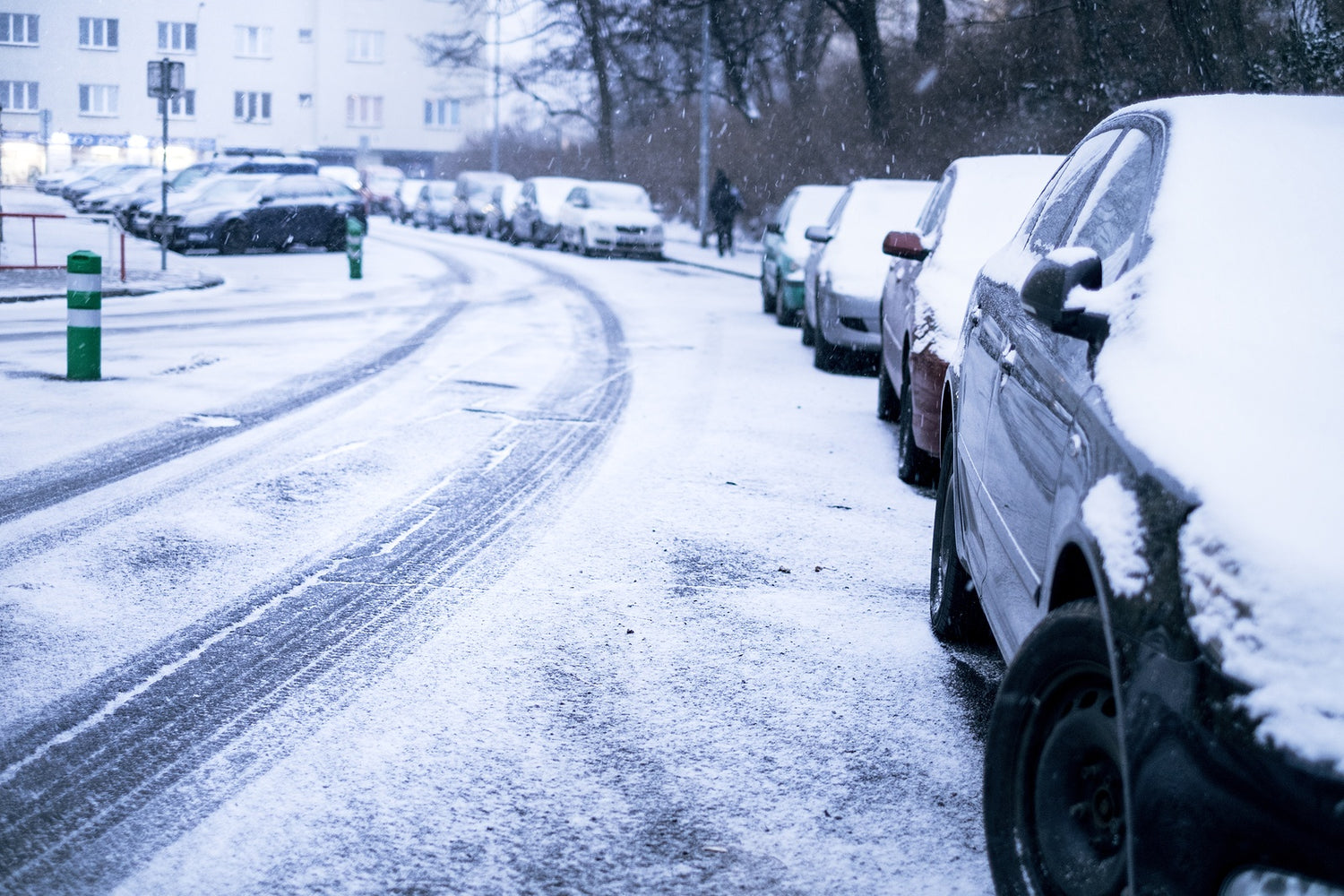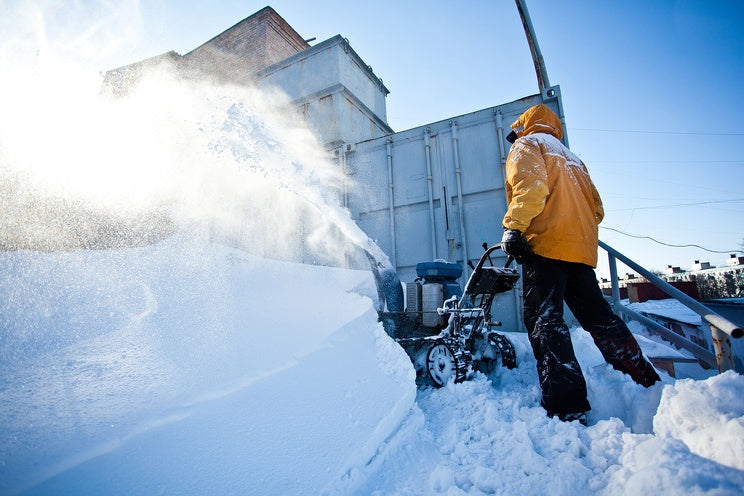
Keeping your employees safe ought to be one of your top priorities during extreme weather. Some key dangers to employee health include frostbite, falls, and vehicular accidents. Being appropriately outfitted is part of minimizing these risks.
Cold and wet is an especially dangerous combination. Even employees who primarily sit in a truck cab where they have access to heat should keep the full wardrobe staples on hand in case they need to leave the truck to shovel or check equipment.
To ensure your employees stay safe this winter, make sure they have these six items in their winter-season work wardrobe:
1. Boots
Feet are particularly prone to frostbite. Since footwear is an employee's connection with the ground, boots are the foundation for employee stability as they maneuver on snow and ice. It is essential that they wear appropriate footwear for working in extreme weather.
Winter work boots should:
- be water resistant or waterproof
- have good grip on cold, icy surfaces
- have a warm, water-resistant lining
- be guaranteed to keep feet warm, even in extreme temperatures
Ice cleats, either built into the boot or strap-on additions, are an excellent way of ensuring employees' optimal stability no matter what surfaces they encounter. And if your employees need boots with reinforced toes, opt for a composite material instead of steel, since steel can get very cold.
2. Socks
Dr. Adrian E. Flatt discusses frostbite in the publication Baylor University Medical Center Proceedings. He noted that sweat is gravitational -- that is, even when your employees wear boots that keep water out, feet still need to be protected against moisture.
Socks that wick away moisture help keep feet dry, warm, and frostbite-free. Wearing layers of socks that include a lightweight wicking sock with a warmer wool sock is advisable.
3. Headwear
Wearing hats or snowcaps is important in windy, rainy, or snowy weather since ears need to be protected from frostbite. Moisture-wicking caps help keep employees' heads dry and therefore warmer. If employees aren't wearing a cap that covers and insulates their ears, they need to use earmuffs.
4. Layers
Being under-clothed and freezing can be as risky as being overheated and sweaty. Employees should take into account the strenuous level of their work -- when beginning a job, they’ll need to dress more warmly than at the end of the job when their body temperature has risen.
Your employees should wear loose, light layers that can easily be added or removed as necessary. The bottom layer should be made of a moisture-wicking fabric to promote the retention of body heat as it removes sweat. Brightly colored or reflective top layers increase their visibility to traffic.
5. Gloves
Hands are also susceptible to frostbite. In addition to protecting them from the cold, it’s important that employees' hands stay dry. The best work gloves for winter weather are:
- waterproof
- insulated or lined
- flexible enough to grip handles
There are hundreds of different styles of winter work gloves. The key is choosing one that best fits your employees’ particular needs. If they need more warmth but not as much flexibility, you may want to look into mittens, as mittens keep hands warmer than gloves do.
6. Sunglasses
According to the Vision Council's 2016 UV Protection Report, snow reflects up to 80% of UV rays. In the cleanup phase after a storm, it is essential to protect employees from sunburned corneas, also known as snow blindness.
Sunglasses should be rated for UVA and UVB protection. Protection should cover the entire eye, including the outside corners.
Employee safety protects against workmen's compensation lawsuits and safeguards you, the employer, against needing to find and possibly train replacement employees in the middle of the snow season. Wearing appropriate gear helps keep employees from becoming sick or injured, and enables you to maintain workplace continuity.


